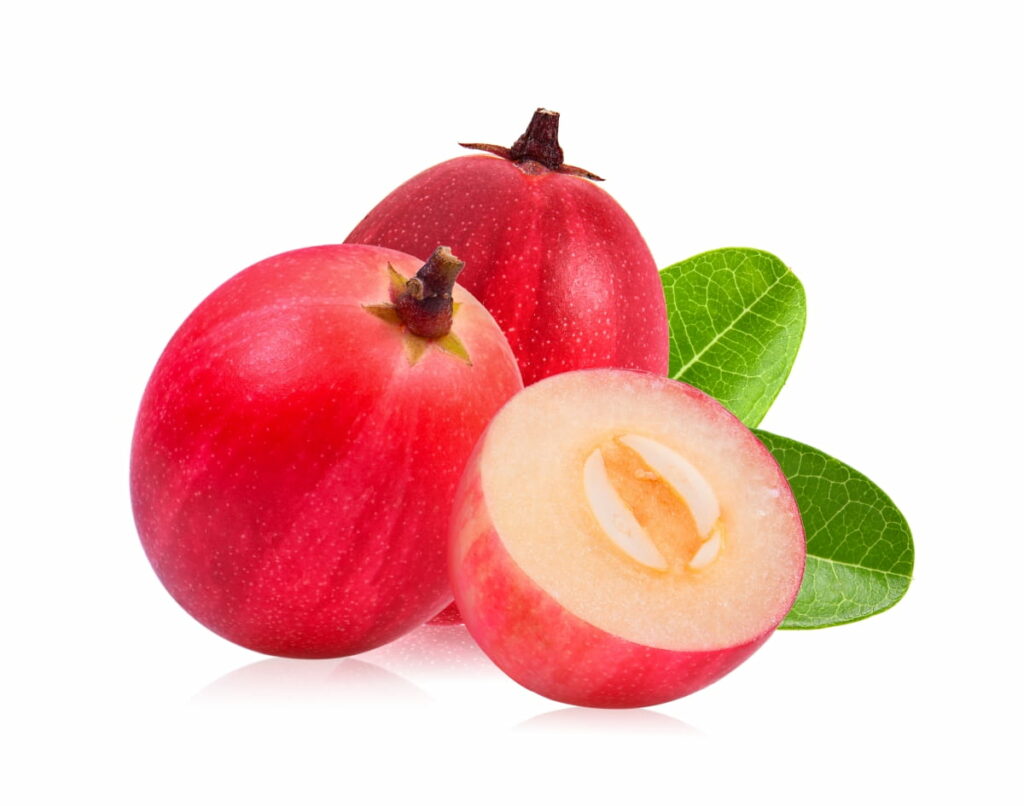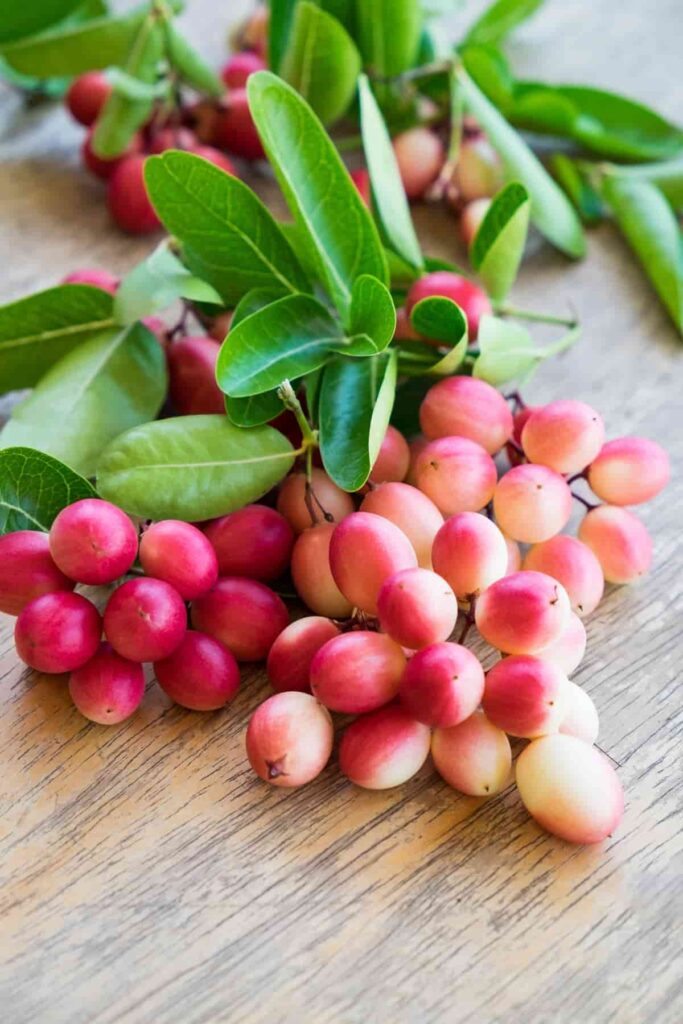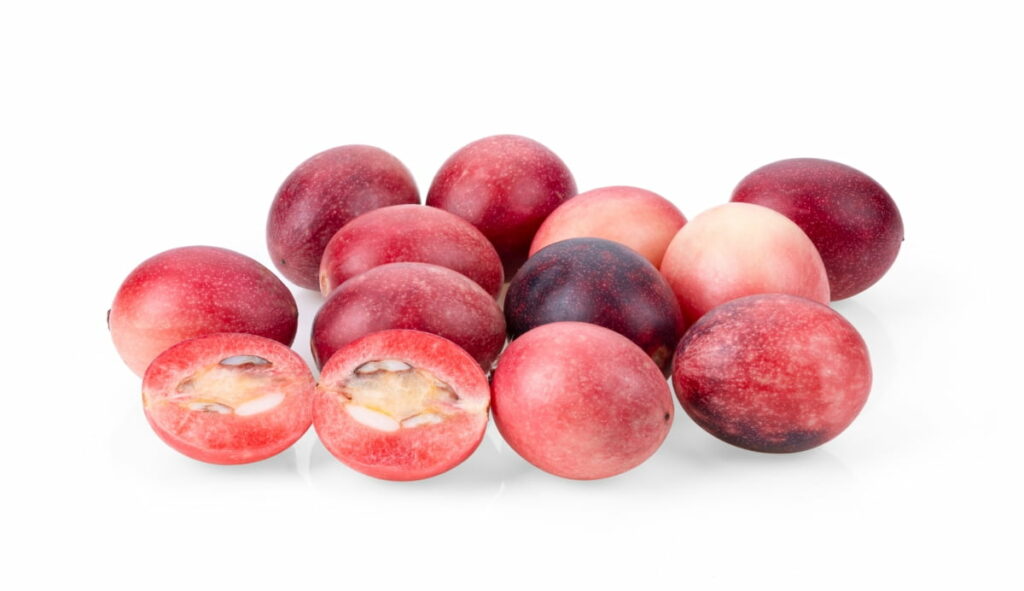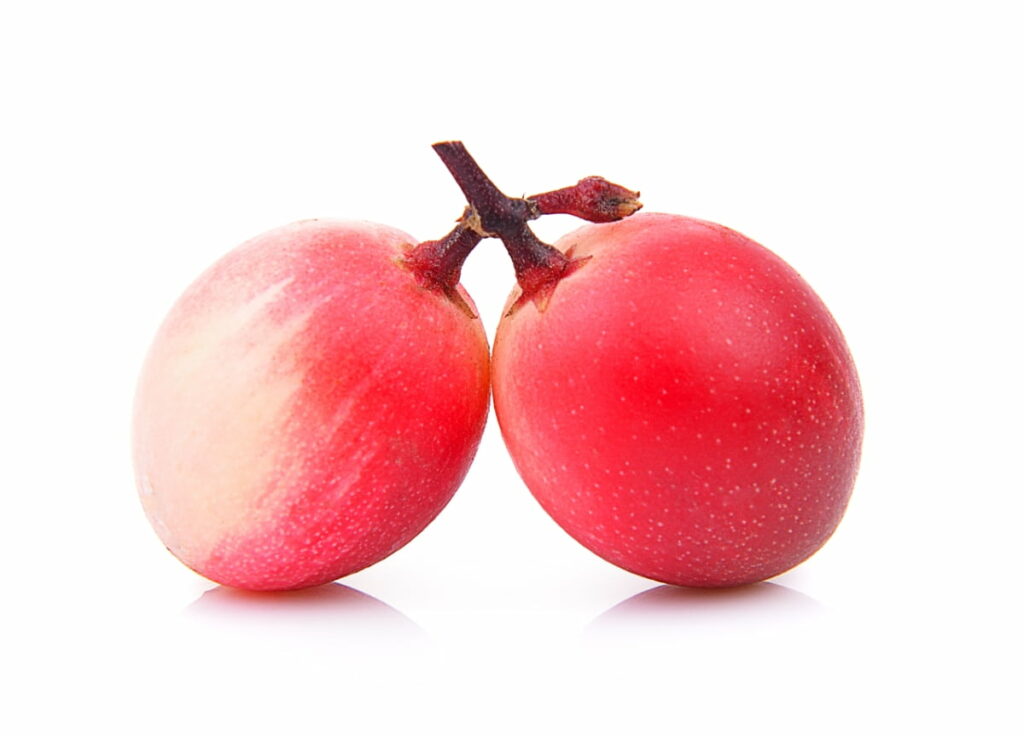Vakkaya, also known as Carissa carandas, holds a significant place in Indian agriculture, captivating farmers with its versatile uses. Cultivated across various regions of India, this hardy shrub thrives in diverse climates, making it a valuable asset to farmers. The farming practices for Vakkaya involve well-drained soil, ample sunlight, and periodic pruning to enhance yield.

Known for its nutrient-rich berries, Vakkaya cultivation contributes to the pharmaceutical and culinary industries. As farmers embrace sustainable methods, the cultivation of Carissa carandas exemplifies a harmonious blend of tradition and innovation, fostering economic growth and promoting the rich biodiversity of the Indian agricultural landscape.
Vakkaya Cultivation
Climate Requirements for Vakkaya Cultivation
Vakkaya, also known as wood apple, thrives in tropical climates with temperatures ranging between 25 to 35 degrees Celsius. This resilient fruit tree requires well-drained soil and ample sunlight for optimal growth. Adequate rainfall during the monsoon season is beneficial, but Vakkaya can tolerate short periods of drought.
It’s important to avoid saturated conditions to prevent root rot. The tree usually bears fruit after 6-8 years, and regular pruning helps maintain its shape. Overall, a warm climate, well-drained soil, and attention to watering make for ideal conditions to cultivate flavorful and nutritious Vakkaya fruits.
Propagation Methods for Vakkaya
Vakkaya can be propagated through various methods. The most common approach is by seeds. Acquire fresh seeds from ripe fruits, plant them in dirt that drains well, and keep them moist until they sprout. Another method is through cuttings. Take healthy stem cuttings, remove leaves from the lower part, and plant them in soil or a rooting medium. Ensure the cuttings receive adequate sunlight and moisture. Air layering is another option, where a portion of the stem is induced to form roots while still attached to the parent plant.
Planting Techniques for Vakkaya
Planting Vakkaya requires careful consideration of soil and climate. For best growth, pick dirt that drains well and has a pH level between 5.5 and 7. Planting can be done through seeds or saplings, with the latter being more common for quicker results. Dig up a hole that is twice the dimensions of the root ball and enrich the soil with organic matter.
Ensure proper spacing, allowing each Vakkaya plant enough room to thrive. Water consistently, keeping the soil consistently moist but not soggy. Mulching helps retain moisture and suppress weeds. Prune regularly to promote bushy growth and a healthier harvest.
Number Of Vakkaya Plants per Acre
The amount of Vakkaya plants that grow on an acre can change depending on things like the temperature, the quality of the soil, and how the plants are grown. Generally, for optimal growth, spacing Vakkaya plants at a distance of 10 to 12 feet is recommended. This allows each tree to have sufficient space for healthy development. With this spacing, you can typically plant around 50 to 70 Vakkaya plants per acre.
In case you missed it: Golden Berry Farming in India: Best Cultivation Practices for Cape Gooseberry

However, it’s essential to consider local agricultural guidelines and consult with experts for precise recommendations tailored to your specific region. Adequate spacing ensures proper sunlight exposure and facilitates efficient cultivation practices, contributing to a successful Vakkaya orchard.
Care and Maintenance of Vakkaya Plants
Taking care of Vakkaya plants is simple and rewarding. Ensure they receive bright, indirect sunlight and well-draining soil. Water consistently, allowing the topsoil to dry between watering. Vakkaya plants prefer slightly humid conditions, so mist the leaves occasionally. During the growth season, use a balanced liquid fertilizer every four to six weeks. Prune regularly to maintain shape and remove any damaged leaves. Keep an eye out for pests like aphids and spider mites, addressing them promptly. Protect your Vakkaya from extreme temperatures and drafts.
Pest Management in Vakkaya Cultivation
Pest management in Vakkaya (Indian gooseberry) cultivation is crucial for a healthy yield. Common pests like aphids, caterpillars, and mites can harm the delicate Vakkaya plants. To protect them:
- Adopt integrated pest management (IPM) strategies.
- To get rid of pests without hurting the environment, use neem oil or insecticidal soaps and attract natural predators like ladybugs and spiders.
- Regularly inspect plants for early signs of infestation and prune affected areas.
Disease Management in Vakkaya Cultivation
- Adopt preventive measures such as proper spacing between plants and adequate sunlight.
- Conduct regular inspections of the plants to identify any initial indications of illnesses and swiftly eliminate diseased leaves.
- Apply organic fungicides like neem oil or copper-based solutions as preventive sprays.
- Ensure well-drained soil and avoid over-watering to minimize the risk of root diseases.
Practicing crop rotation can also break the disease cycle. Timely intervention and a proactive approach are key to successful Vakkaya cultivation, promoting a robust and disease-resistant crop.
In case you missed it: How to Propagate Wandering Jew: Propagation Methods for Tradescantia Zebrina

Harvesting of Vakkaya Fruits
Harvesting Vakkaya fruits, also known as Indian Hog Plum, is a simple yet crucial process. These small, green fruits are typically ready for harvest during the summer months. In order to get the best level of ripeness, search for a vivid green hue and a somewhat tender consistency when applying gentle pressure. Employ pruning shears to meticulously cut the fruits from the tree, ensuring a brief stem remains intact. It is crucial to handle them delicately in order to avoid any bruising.
Post-Harvest Practices for Carissa carandas
Post-harvest practices for Carissa carandas, commonly known as Karonda or Christ’s Thorn, involve crucial steps to maintain fruit quality. After harvesting, it’s essential to sort and remove damaged or overripe fruits. Washing with clean water helps eliminate contaminants. Proper drying prevents fungal growth, ensuring a longer shelf life.
Storage in a cool, well-ventilated place with controlled humidity reduces spoilage. Additionally, packaging in perforated materials allows for air circulation. Regular monitoring for any signs of decay or pests is key. These simple post-harvest practices ensure that Carissa carandas retains its nutritional value and appeals to consumers with its freshness.
Yield of Carissa Carandas per Acre
The yield of Carissa carandas, commonly known as Karonda, per acre depends on various factors such as soil quality, climate, and cultivation practices. Carissa carandas plantations that are well taken care of can produce about 8 to 10 tons of fruit per acre.
In case you missed it: Fruit Size Management: How to Get Bigger Fruits and Techniques for Increasing Fruit Size

Conclusion
Vakkaya cultivation in India, known as Carissa carandas, requires careful attention to climate, propagation, planting, and maintenance practices. With proper care, it offers a sustainable and fruitful venture for farmers, contributing to both the economy and biodiversity.
- Profitable Village Farming Business Ideas in 2024
- High-Yield Aquaculture: Fast-Growing Fish for Farming
- Effective Fish Pond Construction Techniques for Beginners
- Irrigation and Water Management in Pineapple Farming
- Blossom to Harvest: Mastering Flowering and Pollination in Papaya Farming
- Pig Fattening Essentials: From Selection to Sale for Beginners
- Raising Wagyu Cattle: A Complete Guide for Premium Beef Production
- Soil Types and Their Water Holding Capacity
- Optimizing Irrigation Schedules for Coconut Groves for Enhanced Yield
